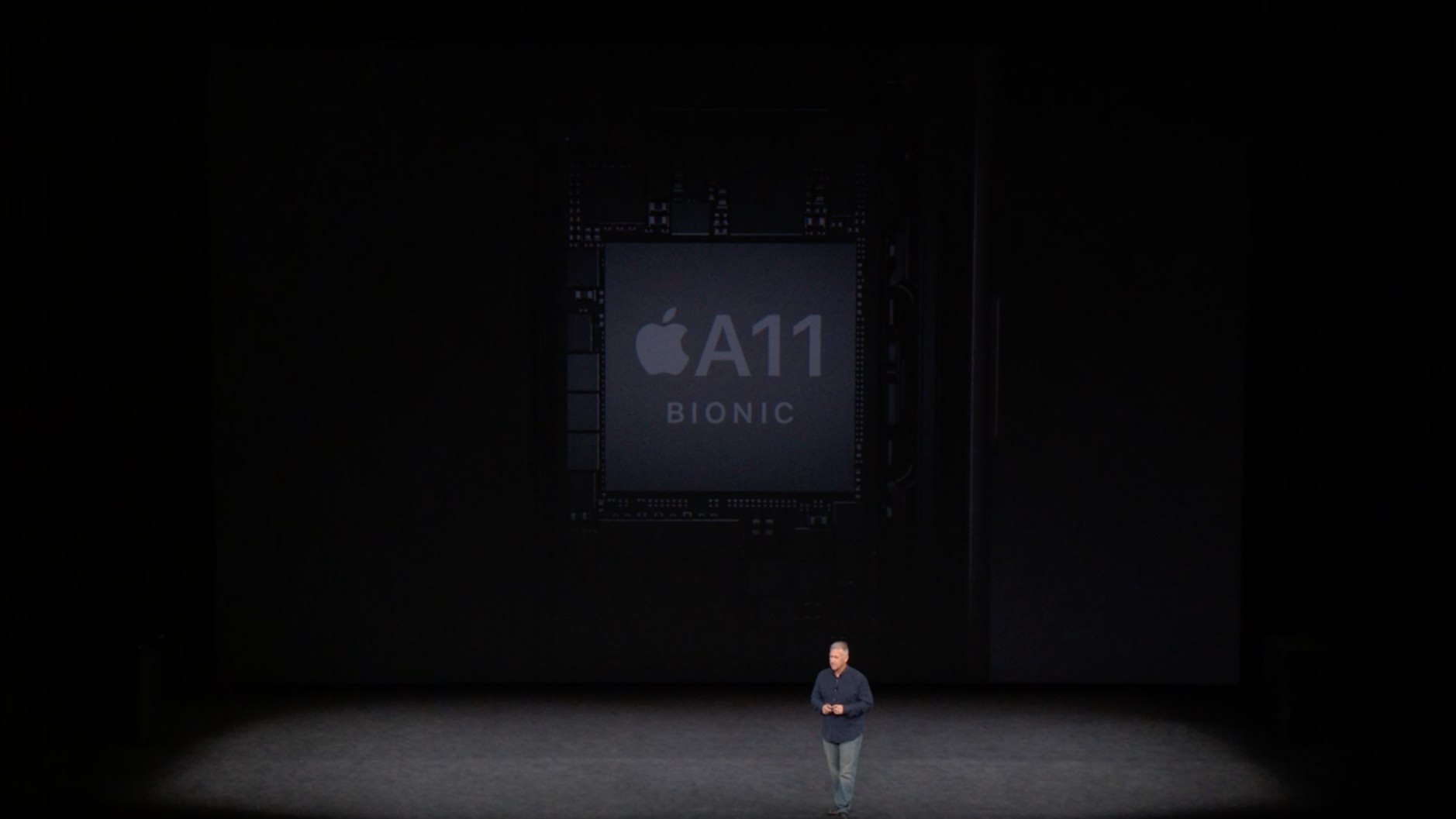„Steve Jobs’ legacy & The iPhone X“

It all starts with Silicon. Unlike software which can be written, discarded and rewritten at a rapid clip, the law of reality makes it hard for a chip to be designed, tried and manufactured at scale. So in a sense, Apple’s chip and hardware teams have to peer almost two-to-four years into the future, predict what could be possible, what they can make possible and then make it work.
A11’s neural capabilities might be utilized for FaceID today, but it wouldn’t surprise me to see a version of this technology identifying foods we are eating, tagging them and storing them in a HealthKit database (measuring our caloric intake). Or a future version enabling unique augmented reality experiences to go hand in hand with other technologies.
10 Jahre ist es inzwischen her, dass Steve Jobs dieses Alan-Kay-Zitat vorlas: „People who are really serious about software should make their own hardware.“ 10 Jahre hat es gedauert, bis Apple seine Finger auf allen zentralen Bausteinen im Telefon hatte – in diesem Jahr kommt der eigene Grafikchip dazu.
Die jährlichen Sprünge, die Johny Srouji’s Team mit ihrem Silizium macht, sind alle zwölf Monate erneut beeindruckend. In diesem Jahr sieht sich das iPhone auf Augenhöhe zum aktuellen (!) MacBook Pro („iPhone X leaked benchmarks match MacBook speeds and destroy Android phones“).
Apples A11 Bionic Chip feuert jedoch nicht nur das iPhone X an, er werkelt wie selbstverständlich auch im iPhone 8 und 8 Plus. Dieser Umstand alleine sollte demonstrieren, dass Apple die zwei 8er-Modelle nicht nur als zweitbestes Geräte versteht1.
- Im Gegensatz zum Parallel-Release von iPhone 5c und 5s: Das 5s startete mit dem neue A7 und einer 64-Bit-Architektur; das 5c hatte lediglich den alten A6-Prozessor aus dem Vorjahr verbaut. ↩